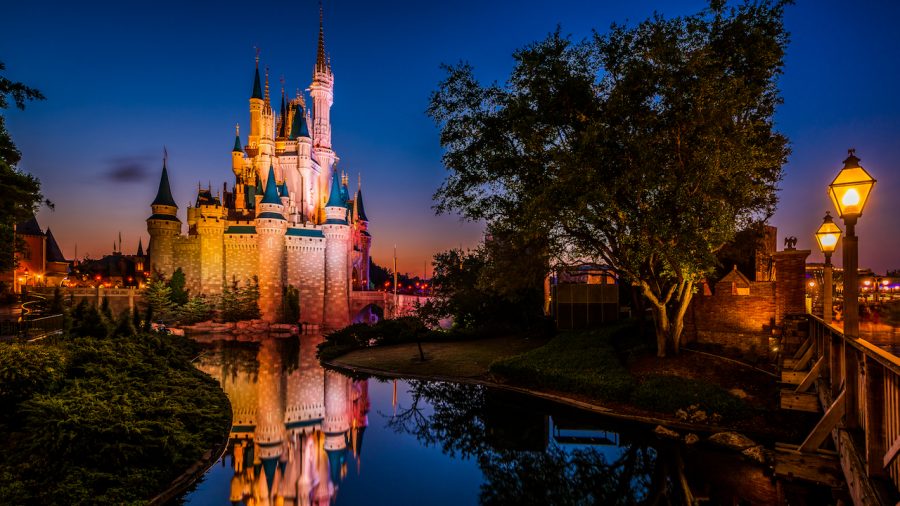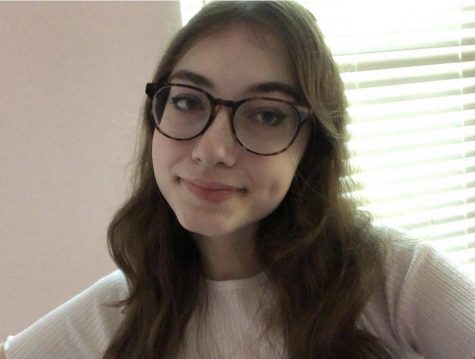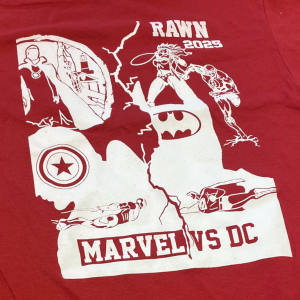Disney’s lack of diversity
In 2021, Disney needs to make an effort to be more inclusive in its children’s films
May 9, 2021
If you were to ask anyone from across the globe what films made their childhood, you would be unsurprised by the overwhelming mention of Walt Disney Studios. Millennials can recall swarming the theaters for a glance at “Beauty and the Beast’s” charming animation, whereas those in Generation Z became obsessed with musical numbers from “Frozen.” The nostalgic value of Disney films has made the company an unbeatable superpower, drawing in a new generation of children to watch born in from the last. However, many Disney fans have expressed concern for the company’s lack of diversity. Although the films have recently started to become more inclusive, Walt Disney Studios needs to do better to provide fair representation for people from all walks of life, and not through stereotypes.
There were no main characters who were people of color in Disney films until “Aladdin” in 1992, 55 years after “Snow White’s” debut. Even more disappointing, none of the voice actors for the characters within the film were Arab or even Middle Eastern. The film is also criticized for giving the main characters, Aladdin and Jasmine, Euro-centric features, whereas the villains of the films (like Jafar) are portrayed with racist stereotypes, such as hooked noses.
Criticisms can be made for newer Disney movies as well, such as “Princess and the Frog,” debuting in late 2009. Tiana, the main character of the film and the first Black princess ever, was only given 40 minutes of screen time within her own film (less than half of the film’s entire length). Within that sliver of time, she was only a human for 17 minutes, the rest showing her as a frog.
Despite lacking much-needed representation in their own youth, many members of Generation Z hope that young children today will see people like themselves on screen. “Growing [up], I had to wear a swim cap to protect my natural hair. I always felt out of place in comparison to my white friends, and I hated the extra attention my hair needed,” said Chloe Edwards, president of Social Justice Club. “If I [saw a Disney character who] looked like me talking positively about her hair, I would have felt less isolated from my peers.”
Head of People of Color studies for the club, Veronica Diaz-pellot, agrees. “[Disney has] gotten better [with representation] over the years, but more needs to be done,” said said. “[I want] children to not feel the way I did when I was young and didn’t see anyone who looked like me on screen… I’d love to see children’s movies focus more on different cultures in the future.”
Many feel that Disney is beginning to head in the right direction with the recent release of “Raya and the Last Dragon,” featuring the company’s first Southeast Asian princess, and the upcoming release of “Encanto,” which will include the first Hispanic princess (excluding “Elena of Avalor,” who technically is not a part of the official Disney franchise). Nonetheless, Disney still has a long way to go before being considered as inclusive as the company lacks LGBTQ+ and plus-sized characters. Children deserve to have role models whose cultures, appearances and emotions are appreciated and uplifted rather than those who became stereotyped or completely ignored in the film industry as portrayed in the past.






